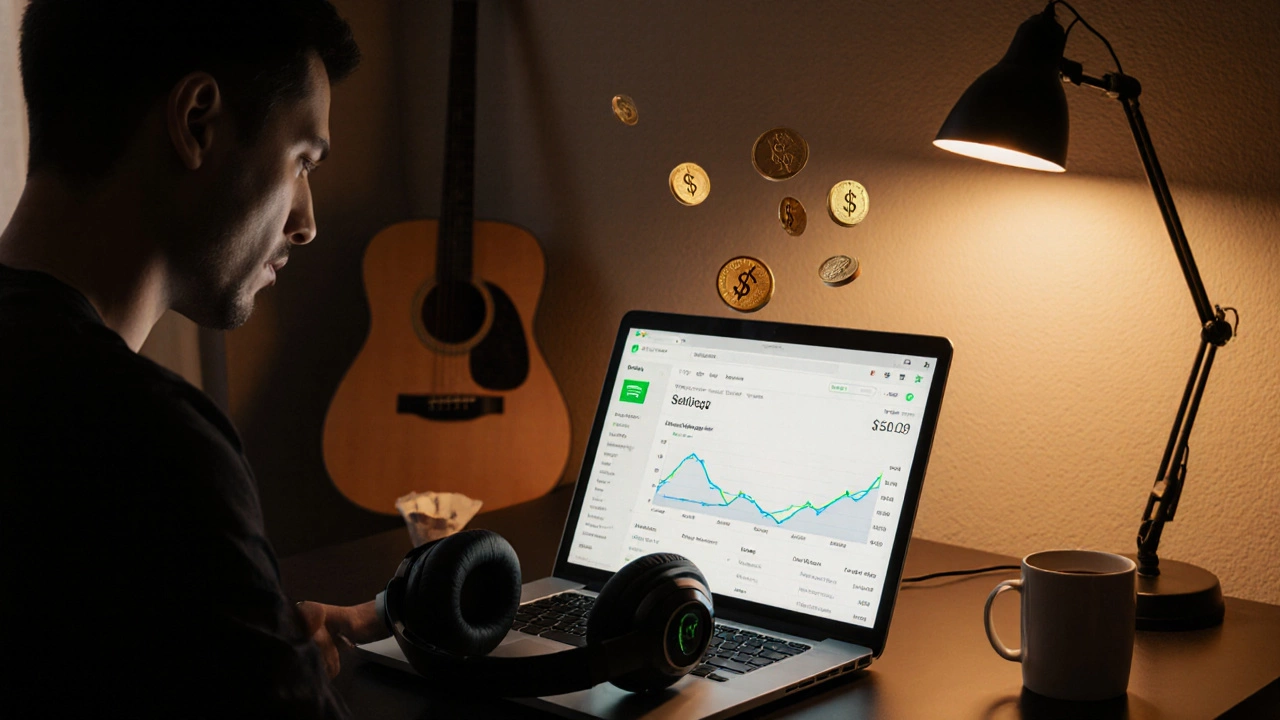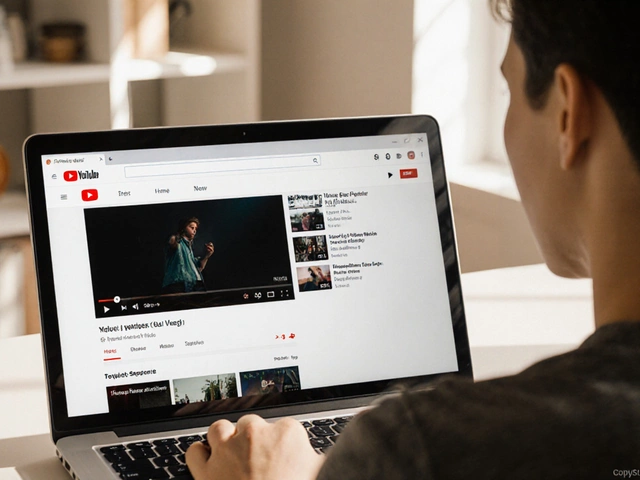Spotify Royalties: The Basics Every Artist Should Know
When talking about Spotify royalties, the money paid to right‑sholders for every stream on the platform. Also known as streaming payouts, it combines performance, mechanical, and publishing earnings into a single figure that lands in an artist’s account each month.
Streaming revenue, the total pool of money generated from subscriptions and ad‑supported plays is the engine behind those royalties. The larger the pool, the higher the per‑stream rate, but the pool is also divided among millions of tracks, labels, and distributors. Understanding how this revenue flows is the first step to estimating your earnings.
Key Factors That Influence Your Pay
Mechanical royalties, fees paid for the reproduction of a musical composition form a core part of the Spotify payout formula. When a song is streamed, it triggers a mechanical claim that the songwriter or publisher receives, separate from the performance share that the recording artist gets. The split between these two claims varies by contract, but both are essential pieces of the overall royalty picture.
Another piece of the puzzle is publishing royalties, earnings that go to the owners of the composition itself. If you write your own songs, you’ll collect both the mechanical and publishing shares, effectively doubling the income from each stream. If you’re only the performer, you’ll rely on your label or distributor to pass on the publishing portion.
Contracts and label splits add another layer of complexity. Many artists sign deals that give the label a percentage of the streaming revenue before the artist sees any money. Independent musicians who use distribution services often keep a larger share, but they must also handle their own royalty collection societies and registration.
Geography also matters. Spotify pays different rates in different markets because ad revenue and subscription prices differ across countries. Tracks popular in high‑value markets like the United States or Western Europe tend to generate higher per‑stream payouts than those streamed mainly in lower‑price regions.
Finally, the sheer volume of streams influences the effective rate. Spotify uses a pro‑rata system: the more total streams across the platform, the larger the revenue pool, which can slightly raise the per‑stream amount for high‑performing tracks while lowering it for the rest.
Putting all these elements together, you can see why Spotify royalties are not a fixed number. They depend on streaming revenue, mechanical and publishing claims, contract terms, and the listener’s location. By tracking each factor, creators can better predict earnings and make smarter decisions about distribution, publishing registration, and marketing.
Below you’ll find a curated collection of articles that break down each component in plain language, from how per‑stream payouts are calculated to tips for maximizing your royalty collection. Dive in to get the actionable insights you need to turn every play into real income.
Will Spotify Pay You? A Deep Dive into Streaming Royalties
Discover exactly how Spotify royalties work, the average per‑stream payout, factors that affect earnings, and proven ways to boost your streaming income.
Continue Reading




